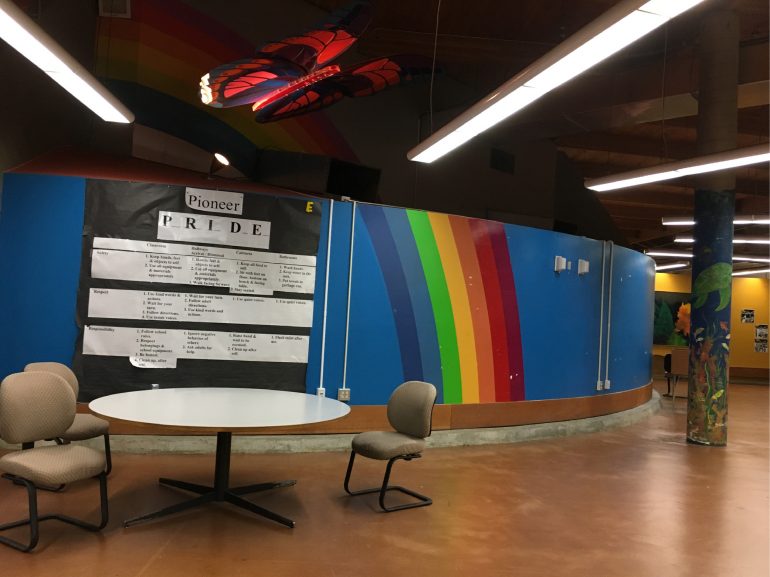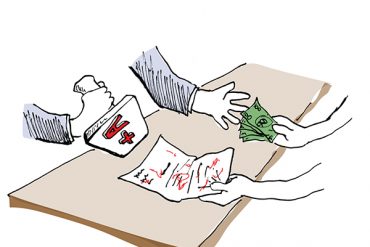For the past five months, families and faculty of the Pioneer School were held in limbo by Portland Public School Board (PPS) after Superintendent Guadalupe Guerrero announced on Nov. 28 that Pioneer’s Holladay-Youngson campus of 15 years, was to be appropriated as the new site for ACCESS Academy, a program for accelerated learners. Guerrero saw the 65,000 square foot campus as a waste of space for the 135 students attending Pioneer and thought ACCESS’s 350 students better fit the location. “If he had spent some time at Pioneer, he would see that we do use that space and why its necessary for those kids to have that space,” said Stephanie Dazer, a parent at Pioneer. The Pioneer School seeks to empower students with highly challenging disabilities and vulnerable circumstances who haven’t been able to succeed in general education and their building is tailored specifically to meet these needs. PPS proposed to divide the school into two or three separate locations, displacing its students and staff and throwing the program into disarray. Despite persistent outcry, the long list of concerns and complaints from the Pioneer community were largely ignored until March 23, one day after Pioneer filed a lawsuit against PPS with the District Court. Guerrero sent a letter stating, “Given new information, PPS District leaders have decided the Pioneer Program will remain at the Holladay-Youngson facility for the 2018-2019 school year.” While this can be celebrated as a win for Pioneer and a token of advocacy from its community, Guerrero’s statements feel like too little too late. The letter claims to only delay the plan and it remains unclear whether Pioneer will remain in its location in the years to come.
The proposal to remove Pioneer from its campus demonstrates complete unawareness of the school and the students it serves. The Holladay-Youngson campus was expressly designed in the 1960s for students with disabilities with specific physical requirements. The hallways are wide for wheelchair access; the floors are made of a non-slip linoleum to assure the safety of students who may by physically distressed and violent; the windows are made with shatterproof glass; the lighting installed is specialized to ease discomfort for light-sensitive students. All of these features are necessary for the unique cases that Pioneer deals with and none of them would be replicated in the new buildings. The campus’ younger classrooms and middle-school-aged classrooms are joined by a hallway, allowing students and faculty to have a network of support and mobility throughout the entire community. There are deescalation rooms and calming spaces where kids having outbursts are brought to settle down in privacy and dignity, without disrupting the rest of the students. The large, enclosed yard allows disabled students to practice riding adaptive tricycles and take walks, activities they otherwise would rarely be able to do safely.
Several staff members reported that when Guerrero visited the school, he stayed for 15 minutes, predominantly in the main entry, and didn’t visit any classrooms or spaces. He then claimed Pioneer performed poor practices and justified removing the program from the campus. “He came with some preconceived concepts in his own right about how things should operate and work,” said Lisa Cavallo, a classroom therapist. “When visiting and looking at the building, he didn’t talk to people, he didn’t get the full information.”
PPS proposed the Applegate Head Start and the Rice School campuses as replacements, both of which are a third of the size of Pioneer’s current campus. They don’t have proper gyms, outdoor spaces, or large enough classrooms, and are located next to train tracks, endangering students who have a tendency to run off. PPS’s plan to accommodate one program would have required relocations and renovations for three schools. The Pioneer community has been requesting maintenance on their building for years without any response, but as soon as ACCESS and its money entered the scenario, PPS was ready to give it a makeover. To make matters worse, PPS would have displaced two other disenfranchised and underprivileged communities. Applegate is a partner with the Oregon Head Start Association, which serves young children with significant risks affecting their success in education, such as poverty, disabilities, mental or physical health issues, or trauma. The Rice School is home to PPS’s Student Success Center, a program specialized to help students struggling with behavioral, academic, or drug and alcohol abuse problems. These students and programs would also be uprooted.
For over five months, Pioneer parents and faculty partnered with members of Applegate and even ACCESS, have been advocating tirelessly on behalf of these students under the slogan, “Support the Unsupported.” They wrote letters, attended board meetings, and even marched outside the offices of board members, but went unheard until three students and their families took the matter to court. The lawsuit accused PPS of violating the Title II of the Americans with Disabilities Act, jolting Guerrero to curb plans and allow Pioneer to remain at home for the 2018-19 year.
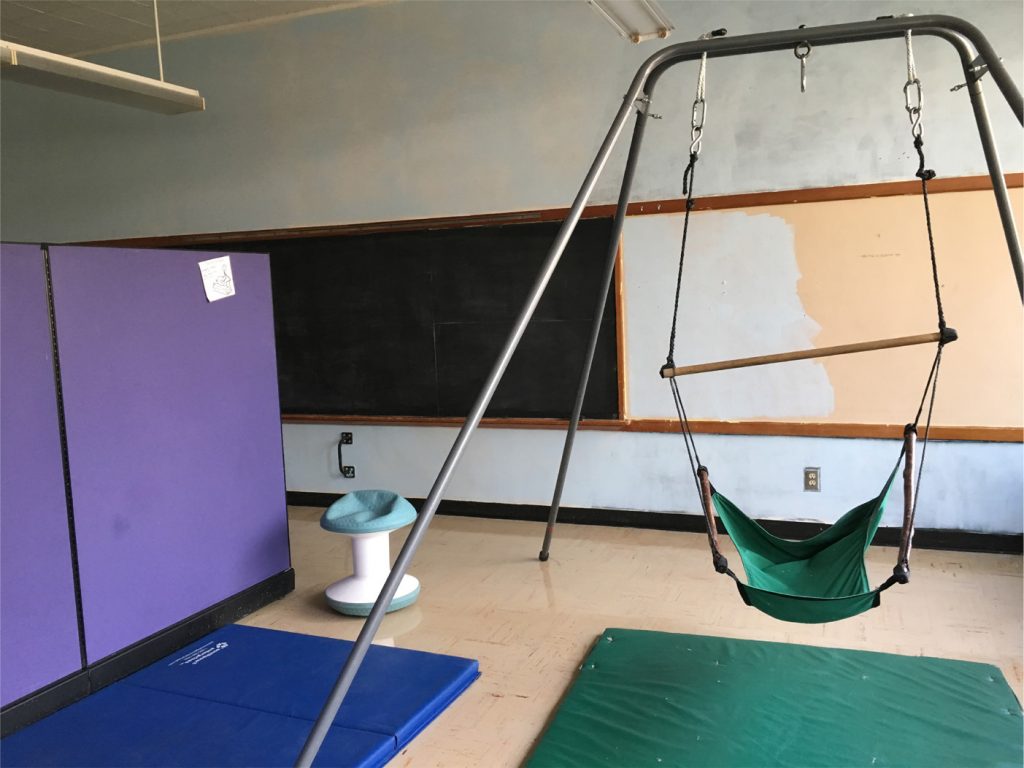
The fact that it took legal confrontation for PPS to realize Pioneer should remain in place is disturbing. In the letter addressing this ‘change of heart,’ Guerrero writes, “The District has recently confirmed construction and relocation cost estimates, and the timeline for an expedited permitting process; we do not now believe we can reasonably prepare the Applegate and Rice buildings to accommodate the unique needs of Pioneer students by the Fall 2018.” It is clear that the financial burdens of his irresponsible plan are what ultimately took precedence over the communities he threatened when it came to decision making. PPS’s and Guerrero’s behavior towards Pioneer reflects a greater dynamic of negligence and misunderstanding within the district, and our culture at large.
The reason Pioneer is so crucial is because there are no other programs like it. What it offers is unique and fills a void where general special-ed and attention paid to these unique kids fall short. Many people are discomforted by the idea of isolating these students to one school. Dazer said she was apprehensive before sending her son, Mak, to Pioneer two years ago. “It’s one of those things where if you don’t have experience with it, or don’t know what the program is, it’s hard to understand why it exists,” said Dazer, “Well you need to dig a little deeper, it’s not like we’re just taking a bunch of disabled kids and putting them into one school. There are very specific things that are going on in these kids’ lives and it’s really the goal of the school to make a lot of progress and to move them on.”
Pioneer’s students cannot be lumped into the general education population, even in the special programs provided there, because they don’t yet have the tool sets to be successful. Pioneer’s goal is to build those tools so that they don’t remain isolated, so that they can enter the general setting ready to face its challenges. Cavallo spoke about the students who have left Pioneer and said, “Those kids have got skills now that they learned with us and they built an armor that they’ve put on. They were ready to go back.” This ‘armor’ is grown through exercises like group sessions focusing on classroom etiquette like raising hands, or on building techniques to cope with triggers or confrontation.
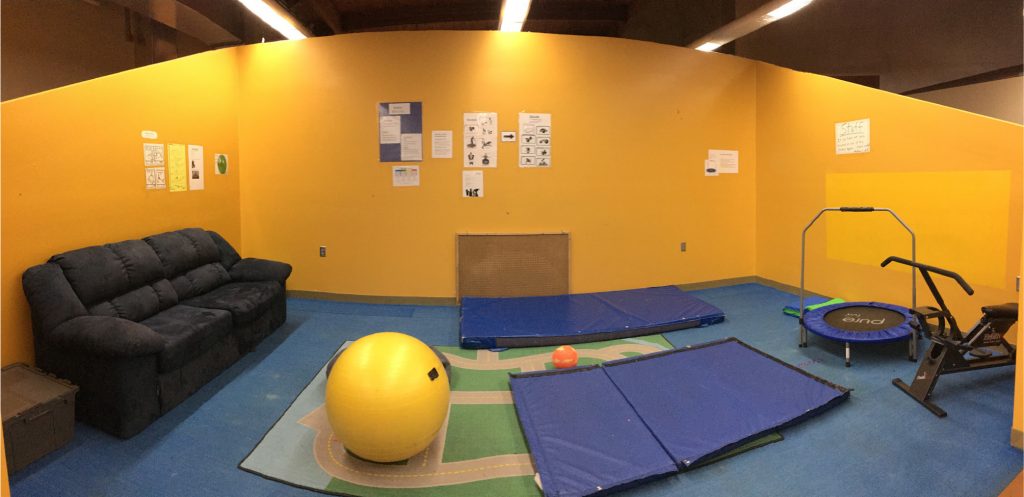
The skills and education provided at Pioneer are only a feature. The overwhelming impact of the program lies in the system of support and community that the school creates. This feature seems to be largely taken for granted by the general public and by people like Guerrero, who can’t understand the unique experiences of these students. Most would feel more comfortable with the idea of every child under one school roof, integrated and included. As Cavallo stated, “Everybody wants for a kid to feel like they belong and they’re apart of the same community as everybody else, but what people are not understanding is that for many of our kids that’s when they feel the most isolated.”
Dazer described Mak’s experience in the special-ed program of his previous elementary school. There was very little interaction between the student populations—the classrooms were too small and overcrowded, and they had separate recesses because it got too difficult to assure that Mak’s group was safe and no one was running off. As he got older and bigger, his aggression got progressively worse, and she would have to come pick him up from the school three or even five days a week, where she would find him sequestered to one side of the classroom with all his classmates pushed to the other end. Many of the students that end up in Pioneer feel judged, villainized, and alone in general settings because they aren’t surrounded by staff or students that understand them. This boils the social and emotional stew even more and exacerbates outbursts, further isolating them.
When these students move to Pioneer, they are surrounded by trained staff prepared to handle any kicking, yelling, swearing, or chairs that are flung their way. They know how to calm kids down, work through the problems, and build skills to cope with the challenge. “None of us are phased by the odd behaviors, or aggressive behaviors that get exhibited by our kids…that normally, in a gen-ed setting, they would be kicked out or sent home for,” Cavallo said, “We have enough people here to be able to wrap around and support that. We don’t judge them for those things.” This acceptance and support is crucial. Pioneer students find relationships and community that they wouldn’t experience otherwise.
Dazer suggested, “There’s another, broader discussion that probably needs to happen about what is inclusion. Because there are many of our parents that say this school for our kids is inclusion.” She said that even though the textbook assumption paints the general education setting as ideal inclusion, Mak and his peers feel more included and belonging in Pioneer.
Older students who have learned the ropes can go read and help with the younger kids. They become the role models and have the chance to be involved and give back. “They feel really great because they know…that in real time, they’re doing something for someone else,” Cavallo said, “A lot of our kids feel like they’re the bad guys, they’re always the ones in trouble, and they’re the ones to fail. For them to be able to go and read to the younger kids, it’s amazing. The power of that is immeasurable.” Cavallo couldn’t stress enough how indispensable the impact of community is in Pioneer, and how crippled that community would become if the school were to be fragmented and displaced. Activities like the reading program couldn’t continue; there wouldn’t be an all-hands-on-deck approach available for a kid in crisis; the unity and fluidity of the program would be lost, and so would these kids.
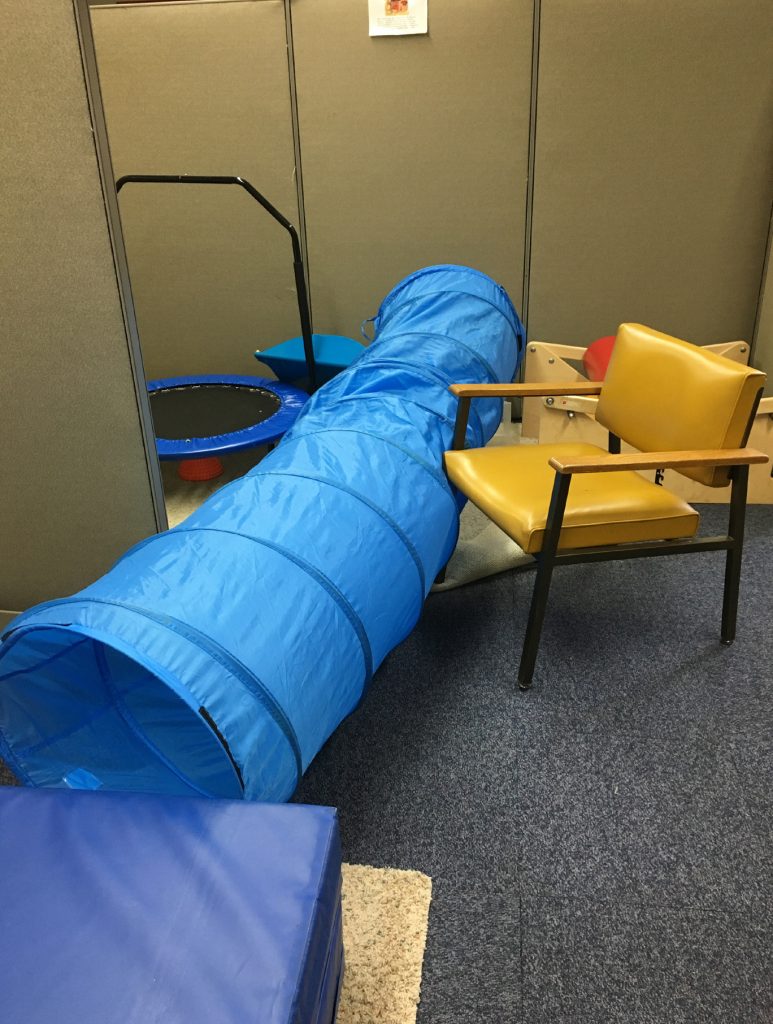
Even if they are able to remain in their current location for the next year, or indefinitely, there is still crucial work that needs to be done in the school system to support kids in extreme circumstances. PPS has a tendency to neglect and undermine special needs children in Portland and doesn’t seem to consider the fragility of their circumstances. Dazer commented, “One of the criticisms is that special-ed kids kind of get treated like furniture, they just get moved around as is convenient for the district without thinking about the needs that the kids might have, and how getting moved around is a big deal.” She said that PPS routinely shuffles around special ed classrooms throughout the district to make room for general education students. They are treated as baggage taking up ‘normal’ students’ space. This constant displacement has significant effects on highly sensitive students who must consistently re-adjust to their new locations. Dazer goes on, “Everytime you move them you take these giant leaps back, because it takes too long to get settled.”
This treatment only creates instability in a child’s life and makes it impossible for them to experience any sort of community or solid support system. There is a fundamental flaw in the way the district, and society as a whole, understands and deals with special needs or sensitive populations. Inclusion does not mean blending in with the rest. Forcing them into mainstreamed environments make these children with distinct challenges feel isolated and overwhelmed. By ignoring their unique needs, these misunderstood individuals remain disconnected, and fall through the cracks of a failing system. As Cavallo said, “That’s why gangs and groups like that are so successful, because they finally find a place where they belong.” Many of Pioneer’s middle school students are in-and-out of homelessness or gang activity, and the school is the one stable feature in their life that provides them consistency and security. Pioneer teaches the lesson that addressing these challenges head on with awareness and without judgement is the only way to foster the growth and skill sets that create true inclusion. Students at Pioneer have found acceptance and empowerment that plant the seeds for their success.
“The success is community and group,” said Cavallo. “The success is feeling like you belong,”
This article originally appeared in our May / April 2018 print issue.

